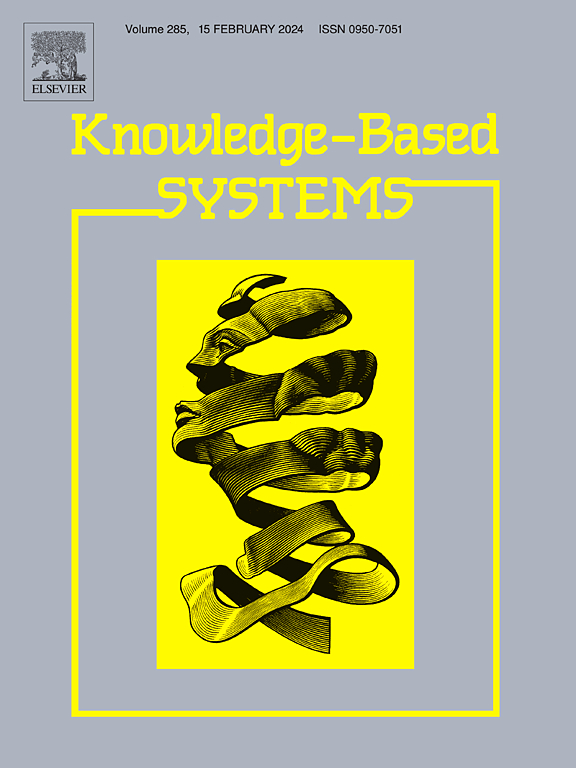MFGCN: Multi-faceted spatial and temporal specific graph convolutional network for traffic-flow forecasting
IF 7.6
1区 计算机科学
Q1 COMPUTER SCIENCE, ARTIFICIAL INTELLIGENCE
引用次数: 0
Abstract
Traffic-flow forecasting is a fundamental issue in Intelligent Transportation Systems. Owing to the natural topological structure of road networks, graph convolutional networks (GCNs) have become one of the most promising components. However, existing methods usually implement graph convolution on a static adjacent matrix to capture the spatial relations between road segments, ignoring the fact that the spatial impact varies across time. Moreover, they always learn the common temporal relations for all segments and fail to capture unique patterns for each distinct node. To address these issues, this study explores time-specific spatial dependencies and node-specific temporal relations to utilize GCN for improved traffic-flow forecasting. First, graph convolution is extended to learn the temporal relations between different time slots. The trained graphs contain unique temporal patterns for each node and share patterns among different nodes. Second, a time-specific spatial graph-learning module is designed to establish dynamic spatial dependencies between traffic nodes, which can vary at different times. Finally, an adaptive pattern-sharing mechanism is proposed to adaptively learn the layer-specific patterns and sharing-across-layer patterns. The proposed model is evaluated on four public real-world traffic datasets, and the results show that it outperforms all state-of-the-art methods on the four real-world datasets.
MFGCN:用于交通流量预测的多方面时空特定图卷积网络
交通流量预测是智能交通系统的一个基本问题。由于道路网络具有天然的拓扑结构,图卷积网络(GCN)已成为最有前途的组成部分之一。然而,现有方法通常在静态相邻矩阵上实施图卷积,以捕捉路段之间的空间关系,而忽略了空间影响随时间变化的事实。此外,它们总是学习所有路段的共同时间关系,而无法捕捉每个不同节点的独特模式。为了解决这些问题,本研究探讨了特定时间的空间依赖性和特定节点的时间关系,以利用 GCN 改进交通流量预测。首先,对图卷积进行扩展,以学习不同时隙之间的时间关系。经过训练的图包含每个节点的独特时间模式以及不同节点之间的共享模式。其次,设计了一个特定时间的空间图学习模块,以建立交通节点之间的动态空间依赖关系,这些关系在不同时间会发生变化。最后,提出了一种自适应模式共享机制,以自适应地学习特定层模式和跨层模式共享。我们在四个公开的真实世界交通数据集上对所提出的模型进行了评估,结果表明该模型在四个真实世界数据集上的表现优于所有最先进的方法。
本文章由计算机程序翻译,如有差异,请以英文原文为准。
求助全文
约1分钟内获得全文
求助全文
来源期刊

Knowledge-Based Systems
工程技术-计算机:人工智能
CiteScore
14.80
自引率
12.50%
发文量
1245
审稿时长
7.8 months
期刊介绍:
Knowledge-Based Systems, an international and interdisciplinary journal in artificial intelligence, publishes original, innovative, and creative research results in the field. It focuses on knowledge-based and other artificial intelligence techniques-based systems. The journal aims to support human prediction and decision-making through data science and computation techniques, provide a balanced coverage of theory and practical study, and encourage the development and implementation of knowledge-based intelligence models, methods, systems, and software tools. Applications in business, government, education, engineering, and healthcare are emphasized.
 求助内容:
求助内容: 应助结果提醒方式:
应助结果提醒方式:


